Our editors independently select these products. Making a purchase through our links may earn Well+Good a commission
6 Ingredients Hairstylists Want You To Add To Your Routine as Soon As You Start Going Gray
A stylist says these ingredients for graying hair will keep your strands moisturized, healthy, and looking their best.
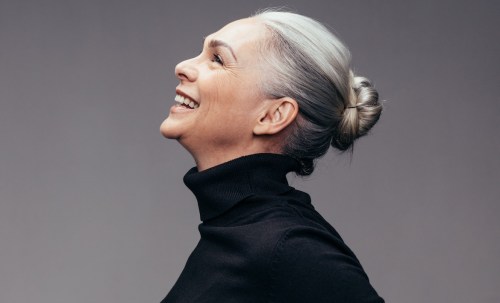
Almost everyone, at some point in time, will notice a gray strand on their hairline. While some people go fully gray fairly quickly, others may never develop a significant gray footprint. Still, in the event that gray hair is in your future, it helps to know how to care for the color. After all, according to hairstylist and USTI certified trichologist, Helen Reavey, who is the founder of Act+Acre, the process of graying often goes hand in hand with moisture and texture concerns.
Experts in This Article
certified trichologist and founder of Act+Acre
“Graying hair does not directly cause dryness but hair can gray at a time when the sebaceous glands in the hair follicle begin to produce less oil than before, leading to dryness,” she explains. “Furthermore, as the hair loses melanin, it can change the texture and health of the hair, so gray hair can become dry and brittle.”
Whether you’ve decided to embrace your natural grays or dye them a different shade, Reavey notes that the below ingredients will help you keep your hair healthy throughout the process. Keep scrolling to learn how.
1. Glycerin and Shea Butter
When it comes to managing textural issues associated with gray hair (or in general), Reavey says that you can’t go wrong with adding glycerin and shea butter into your haircare routine. “They work to hydrate and moisturize the hair to reduce dryness and brittleness,” she explains.

Act+Acre Restorative Hair Mask — $36.00
2. Plant-Based Oils
As we age, our sebaceous glands slow down and our scalps produce less oil. As such, the scalp and strands can become dry. To remedy this, Reavey suggests adding plant-based oils, like baobab oil, into your routine. “It will moisturize the scalp and help better manage less oil production,” she says. She also recommends moringa oil, which is known to replenish moisture, revitalize dull strands, and enhance shine. “It [helps] balance the moisture barrier of the scalp to prevent dryness and itchiness,” she adds.
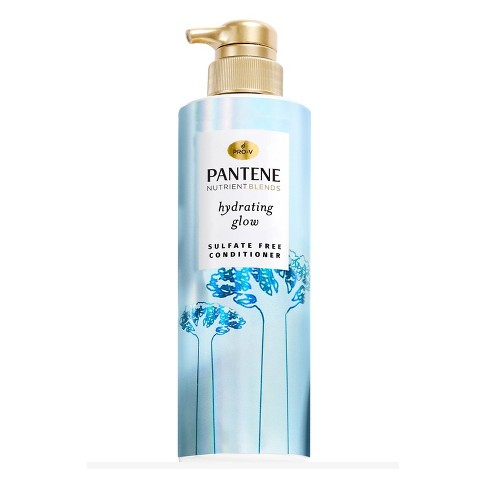
Pantene Sulfate and Silicone Free Baobab Conditioner — $10.00
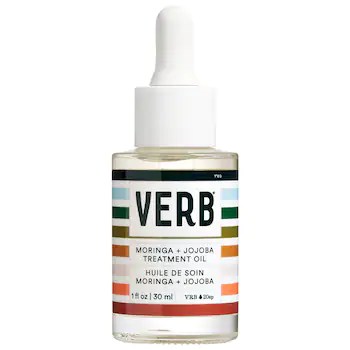
Verb Moringa + Jojoba Treatment Oil — $20.00
3. Biotin
Gray hair is often coupled with thinning and loss. “When hair starts to lose melanin, hair thinning and shedding can also occur, so it is important to support your hair’s natural growth cycle,” Reavey says, noting that biotin, vitamin C, and amino acids can mitigate the effects of thinning.
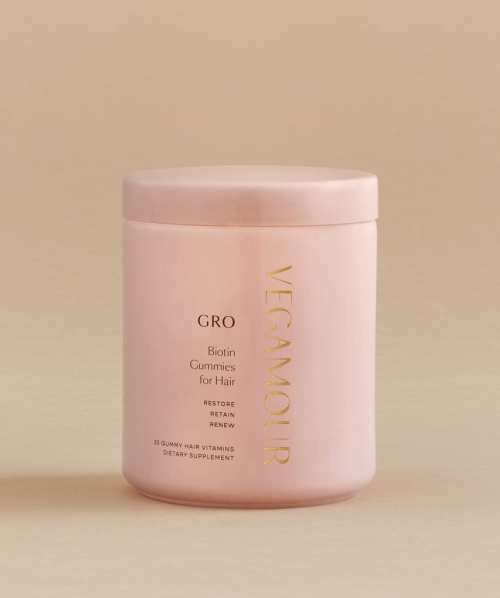
Vegamour GRO Biotin Gummies — $28.00
4. Apple Stem Cells
Each strand of hair has three stages of its lifecycle: growth, transition, and rest. As we age, the process slows down, and the increased time hair spends in the “rest” stage leads to thinning and dryness. Because of this, Reavey recommends adding apple stem cells, which she says have been proven to promote and extend the growth phase, ultimately reducing shedding and dehydration.
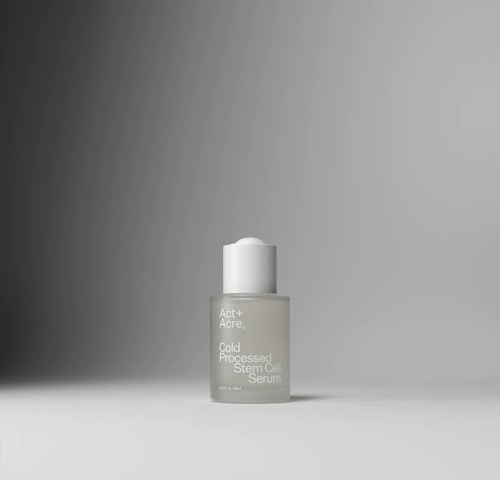
Act+Acre Cold Processed Stem Cell Serum — $85.00
5. Squalene
Since gray hair is generally drier and more brittle than other, more pigmented hair colors, it’s especially susceptible to heat damage, says Reavey. “Gray hair can be more vulnerable to damage due to the porosity and texture of it, so using a heat protectant when styling is crucial,” she says. “Squalene [which is said to be the more natural but less stable form of squalane] is a perfect lightweight oil that offers protection from environmental damage like the sun and heat protection from heat tools.”
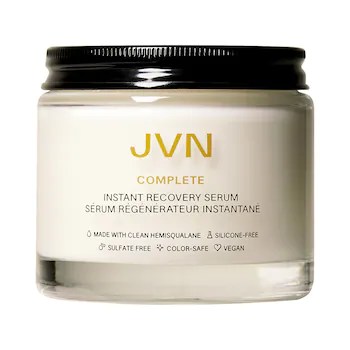
JVN Complete Instant Recovery Serum — $28.00
Want even more beauty intel from our editors? Follow our Fineprint Instagram account for must-know tips and tricks.
Sign up for the Well+Good SHOP Newsletter
Get exclusive deals on wellness, beauty, fitness, and food products that have been hand-picked by our editors.
Got it, you've been added to our email list.










